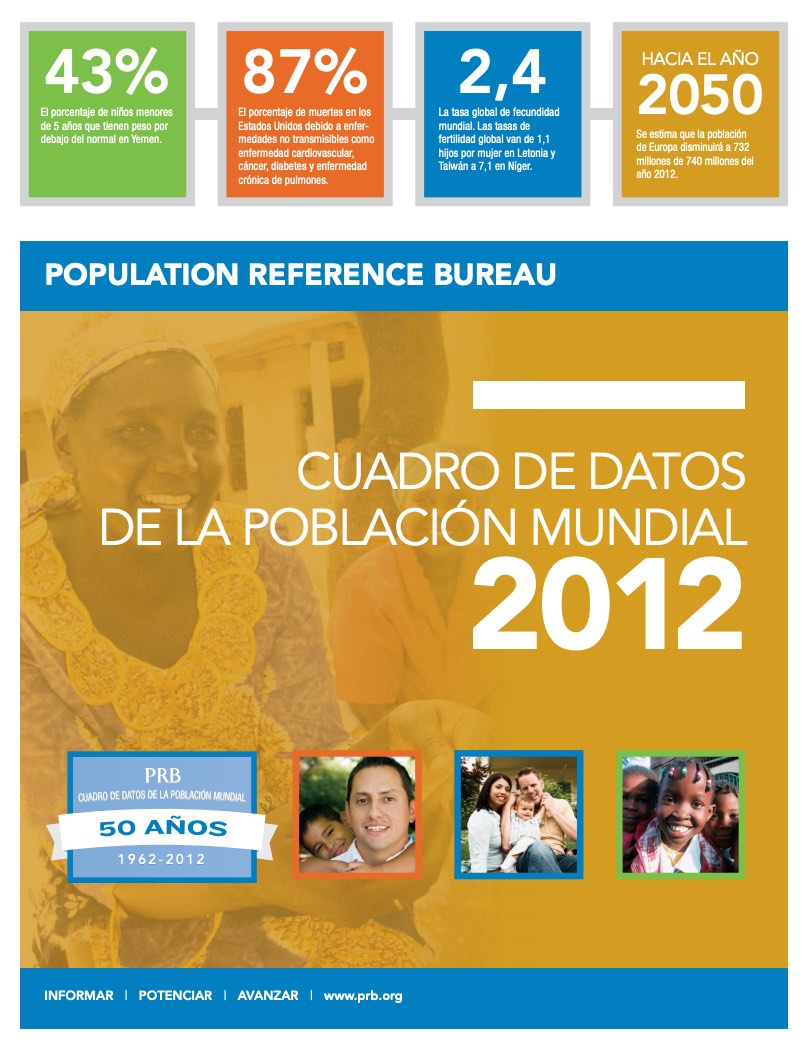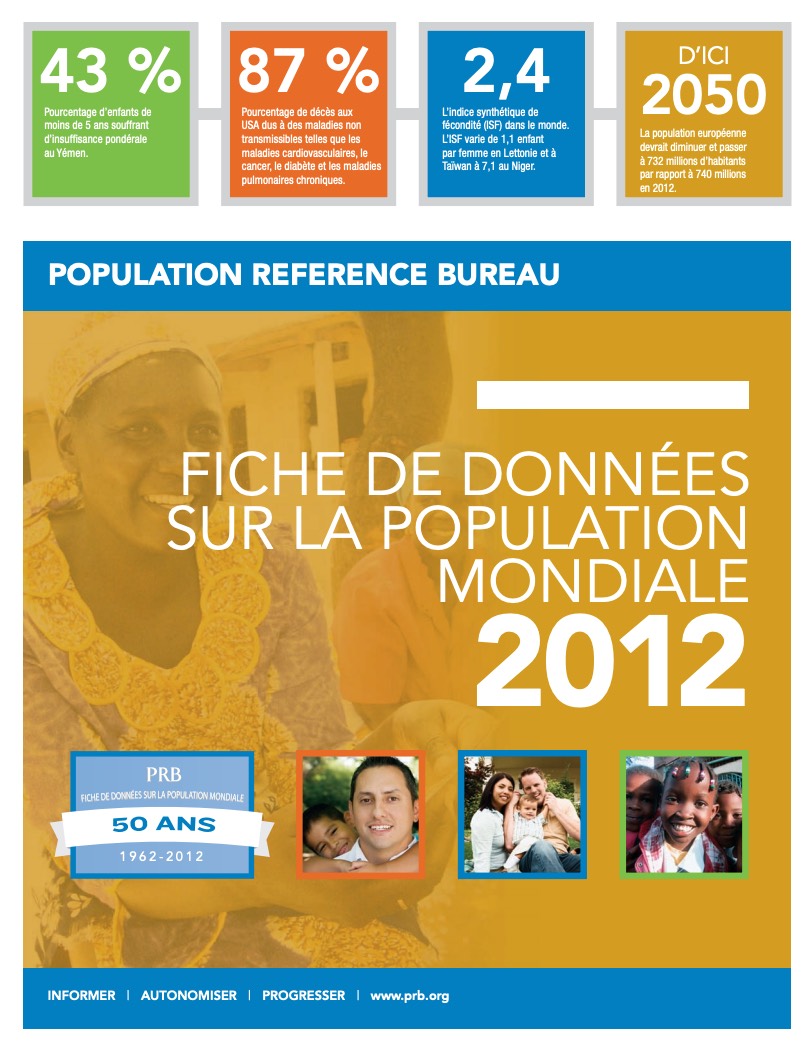Cuadro de datos de la población mundial 2012 (PDF)
Nearly all future population growth will be in the world's less developed countries, and the poorest of these countries will see the greatest percentage increase.

Nearly all future population growth will be in the world's less developed countries, and the poorest of these countries will see the greatest percentage increase.

Project: PACE: Policy, Advocacy, and Communication Enhanced for Population and Reproductive Health
Collecting, analyzing, and using gender-related indicators in projects is critical to addressing many of the underlying challenges that communities around the world face, particularly in integrated Population, Health, and Environment (PHE) projects.

Nearly all future population growth will be in the world's less developed countries, and the poorest of these countries will see the greatest percentage increase.
(July 2002) The HIV/AIDS epidemic in Africa is often described as a crisis that demands the same kind of mobilization and response that would be necessary were a country at war.

The first in a series of three blogs on our new "Losing More Ground" report, published November 30.

The conference offered researchers and practitioners a platform to discuss new work in 272 sessions and hundreds of poster presentations.
(2004) Over 250,000 Americans who died in 1998—roughly one of every ten U.S. deaths that year—would have survived had they been Canadian, according to a comparison of patterns of death between the two countries.